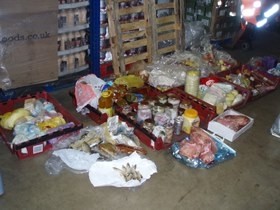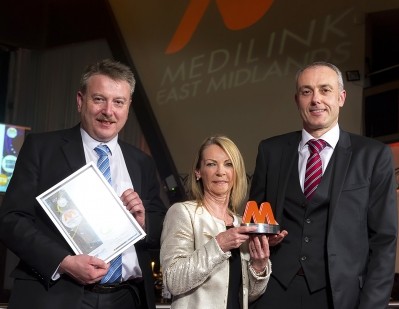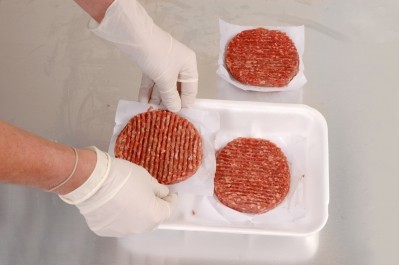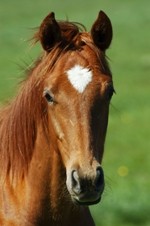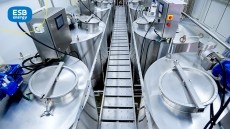Government-funded test to play cat and mouse with fraudsters
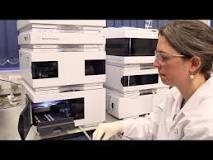
Food science firm Reading Scientific Services Limited (RSSL) announced cash from the Department for Environment, Food and Rural Affairs, the Food Standards Agency and the Technology Strategy Board would speed the test’s development.
The money will help fund a one-year collaboration project involving RSSL, Safeguard Biosystem Holdings (SG Bio) and Arrayjet, that are also investing in the scheme, aimed at fighting food fraud.
FoodManufacture.co.uk understands that major food retailers and manufacturers have already expressed a commercial interest in the project.
The initiative aims to develop SG Bio proprietary DNA technology that would detect the presence and quantity of meat from at least 12 different animal species in processed food. The methodology can also be used to flag up the presence of cow, pig, chicken, goat, sheep and turkey.
Reduce cost and time
The scheme is designed to reduce the cost and time of food testing using microarray technology, enabling DNA from several animal species and up to 96 samples to be tested in one go.
Although the process could not be applied directly to production lines, it could be implemented in an on-site laboratory, delivering results in less than six hours, RSSL told FoodManufacture.co.uk.
The project was a response to discussions with food manufacturers and retailers, said Barbara Hirst, laboratory manager for RSSL’s department of DNA and protein.
She said retailers had not tested for the presence of horsemeat in products prior to the horsemeat scandal breaking a year ago, because they did not expect to find it. As a result, they wanted to develop tests that covered all bases, she said.
“Retailers wanted a broad screen that covered possibilities as well as the very unlikely,” said Hirst. She cited cats, dogs, rats and mice as examples of highly unlikely components. “There’s no intelligence to suggest it’s out there at all.”
Expand the range
RSSL said plans were underway to expand the range of meat species detectable in future versions, as well as improve the ability to authenticate the breed or location of origin.
In addition, the firm acknowledged the test could be applied to other food groups susceptible to fraud or adulteration, such as fish, juices and wine.
The programme’s partners hope food manufacturers and producers, retailers, regulatory bodies, restaurants and fast food outlets would directly use the test for mass screening. A status report on progress to develop the test is expected in late 2014.
The announcement coincided with news from Europol that a massive quantity of fraudulent food products had been seized in multiple raids across the globe.
RSSL operates out of Reading University’s Whiteknights Campus and has extensive food science laboratories.
